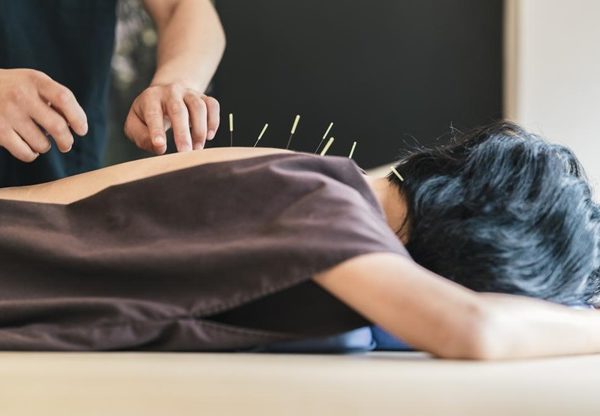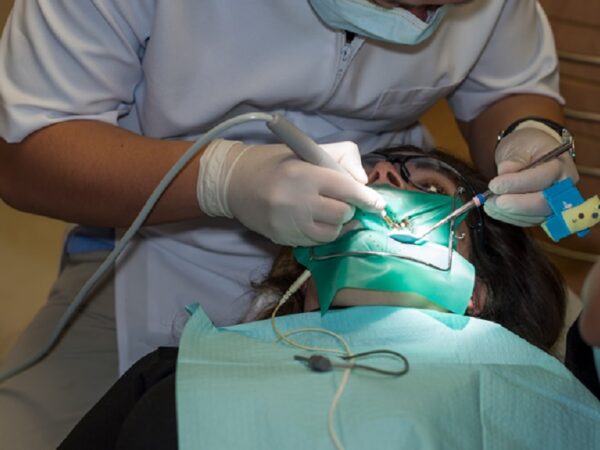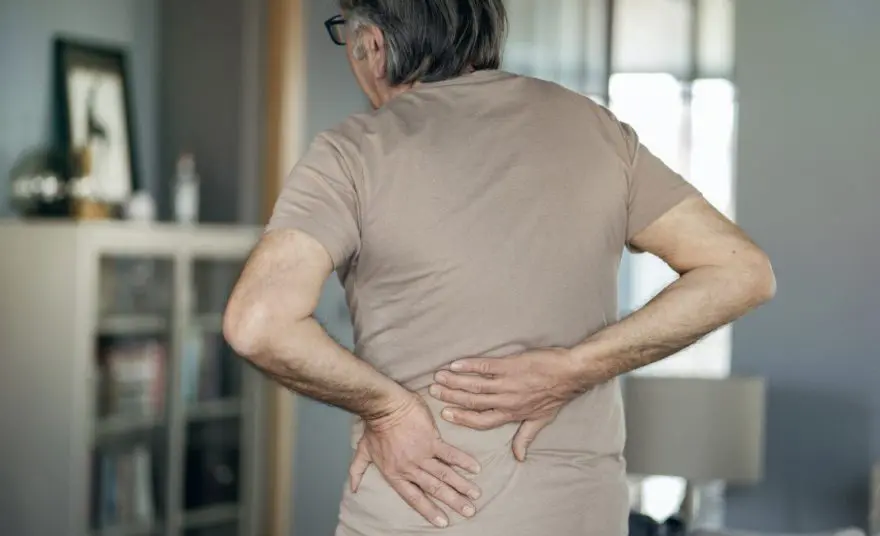Dry needling has been best known as a pseudoscientific technique. It is also known for its two popular names:
- Trigger point dry needling
- Intramuscular stimulation
Dry needling is used by healthcare practitioners, even chiropractors, physical therapists, physicians, and among others. With the use of an acupuncture needle and other dry needling supplies, the therapy can become successful.
How to do dry needling?
Dry needling can treat muscle tissue, and it has the goal to reduce pain and restoring the function of inactive trigger points. It is rarely used as a standalone procedure, instead often a part of the physical therapy approach, incorporated with traditional physical therapy interventions to treatment.
Acupuncture versus dry needling
Dry needling is different from acupuncture. Although they use needles in therapy, both are not the same. Dry needling focused on using strong stimulation onto the muscles to release them, while acupuncture doesn’t use strong stimulation. Acupuncture is based on channel theory. It uses points to heal the body naturally.
Can you see how these two therapies differ from each other? Although these therapies are done by the same professionals, still there is a difference between them. What makes them the same is that they use the same tool, such as dry needles to make the procedure successful.
What do dry needling treats?
Dry needling is done by an acupuncturist. It is the reason why it is sometimes misunderstood as acupuncture. Muscles might get knotted called trigger points. Trigger points are highly sensitive and painful when touched. It often caused pain.
Clinicians push thin needles through the skin pointing to the trigger points. The needles work on stimulating the tissue and not injecting medication. Pain affects the movement of the body. Dry needling can change the way the muscles and brain talk to each other, letting the system return to its normal movement pattern.
Here are the different kinds of conditions that dry needling can treat:
- Disk problems
- Joint problems
- Tendinitis
- Whiplash
- Jaw and mouth problems
- Tension-type and migraine headaches
- Spinal problems
- Repetitive motion disorders
Understandably, pain can be uncomfortable and can ruin your day. You would feel pained and unproductive during the day. So, instead of enduring the pain, why not stop it and make a productive and comfortable day? You can have dry needling therapy to release the pain you felt for a long period.
Dry needling is not good for
Not all pain problems in a person can have dry needling as a treatment. There are those people who can’t have dry needling, such as:
- Pregnant women
- People with a phobia of needles
- People who don’t understand the treatment
Well, if you are one of any of these individuals, then it is not a good idea to have dry needling for you.




